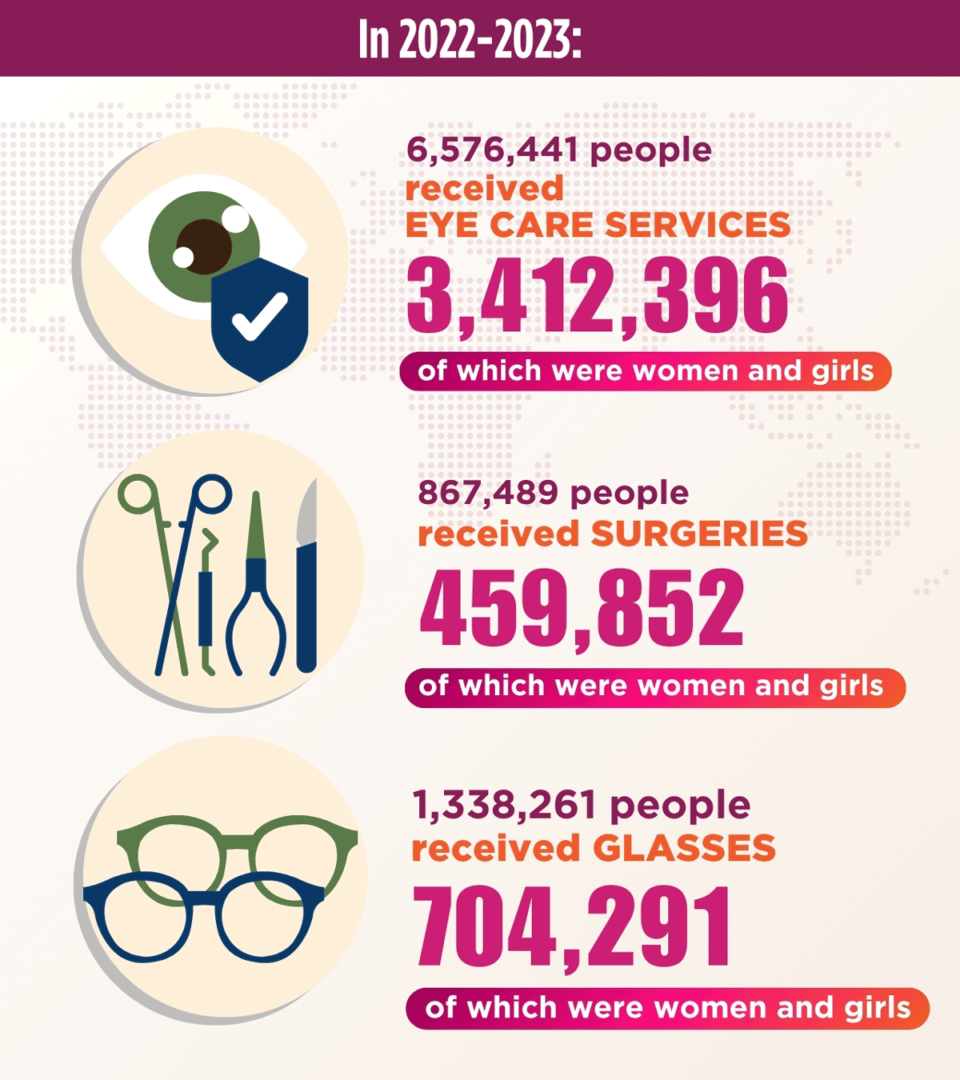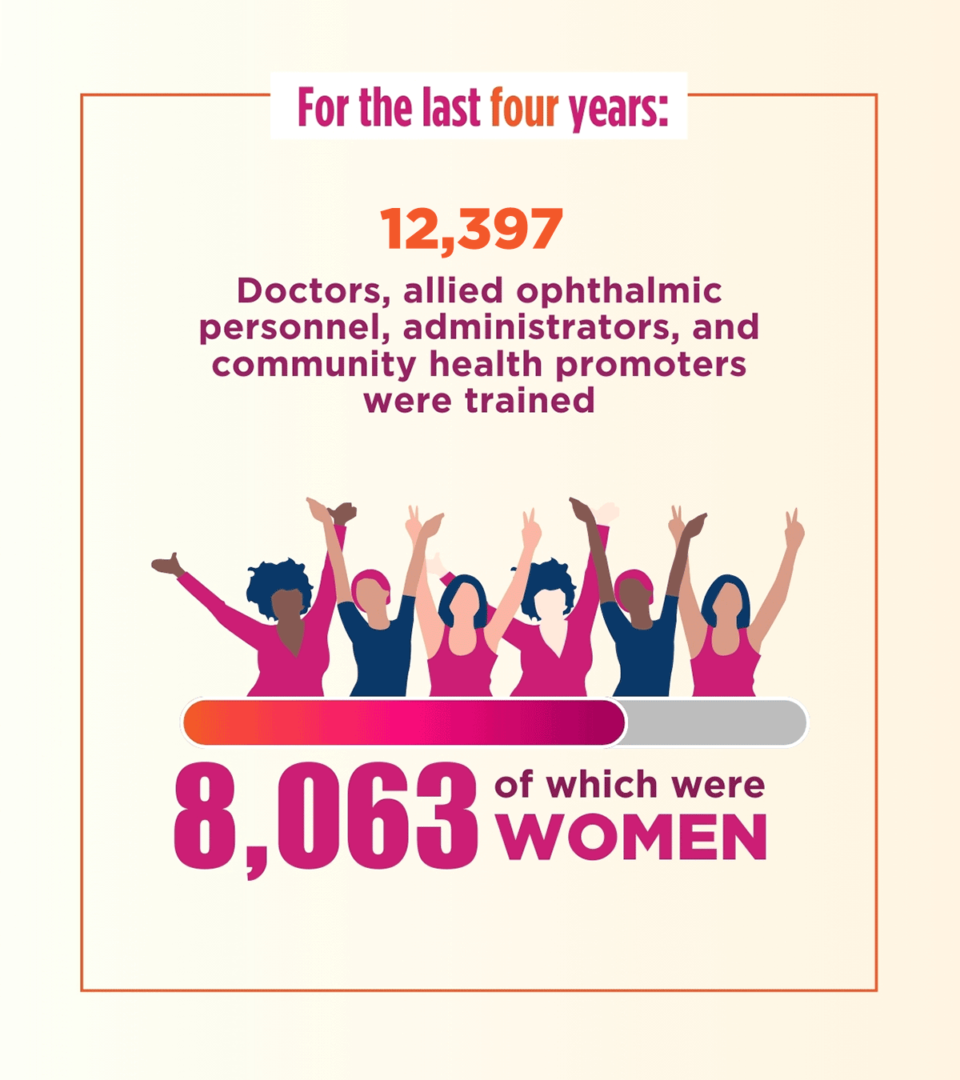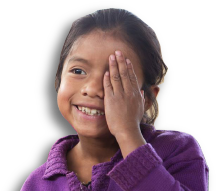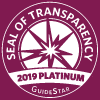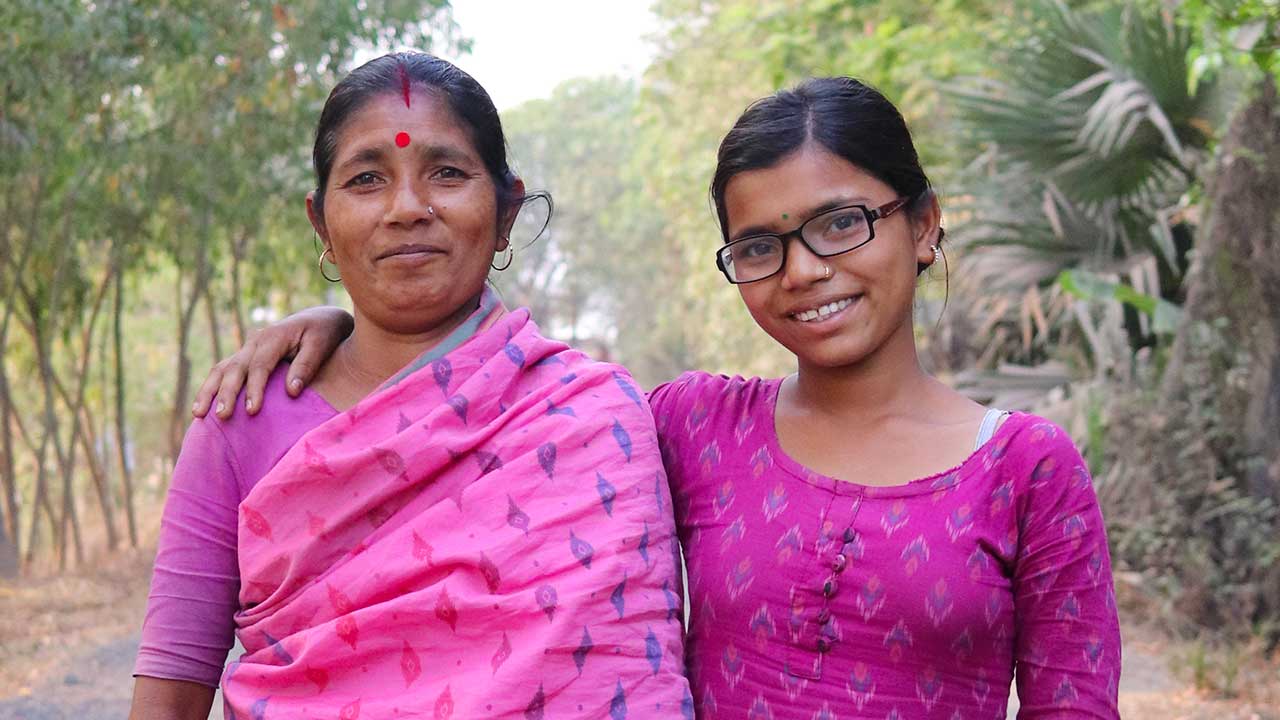
It’s 2024, and women are still struggling to access equitable health care. How is this? Supporters like you have asked us this question quite a few times and we’re glad you do – we appreciate the hard q’s.
The disparities we’re grappling with are centuries old. Economic barriers, gender politics, and social norms – to name a few – make it difficult for women in developing countries to access eye care.
Seva has worked to untangle and address these challenges for 45 years. From hiring and training local women as eye care professionals who can contribute to the local economy, to gender-responsive outreach and policy advocacy, we work in more than 20 countries to empower and serve women.
Here are a few of the profound ways you are helping Seva to level the playing field for women and girls.
Seva has helped establish Nepal’s National Gender and Blindness Program at the national policy level, which gathers, analyzes and promotes effective community-based strategies. At Lumbini Hospital in Nepal, like much of the world, the surgical profession has traditionally been male-dominated. Seva has actively identified and recruited promising female medical students and provided them with the support they need to complete residency training in ophthalmology. As a result, today, Lumbini’s leadership and surgical teams are 70% women.

Seva trains local women as Community Health Workers, who conduct culturally appropriate outreach throughout a Vision Center’s service area. Going door-to-door, these workers make sure that women and girls know that affordable care is available to them and how they can access it. If a patient needs eye care beyond the Vision Center’s scope, Seva provides free round-trip transportation for both her and an accompanying family member, making it socially acceptable and financially feasible for women to travel to the hospital. Counseling for families educates parents and husbands and addresses potential family concerns.

Seva’s PINK Vision Centers, developed by partner hospital Siliguri Greater Lions Eye Hospital in India, employ an all-female staff to provide eye care to women in need. Through the years, this has led to a greater awareness of eye health among women and an increase in those who seek care.

During community eye screenings, our partners noticed women were more likely to stand at the end of the line behind men to get their eyes examined (often due to cultural and social norms). As a response, our partners began screening those who stood last in line first – women – to ensure they got the care and attention they needed.
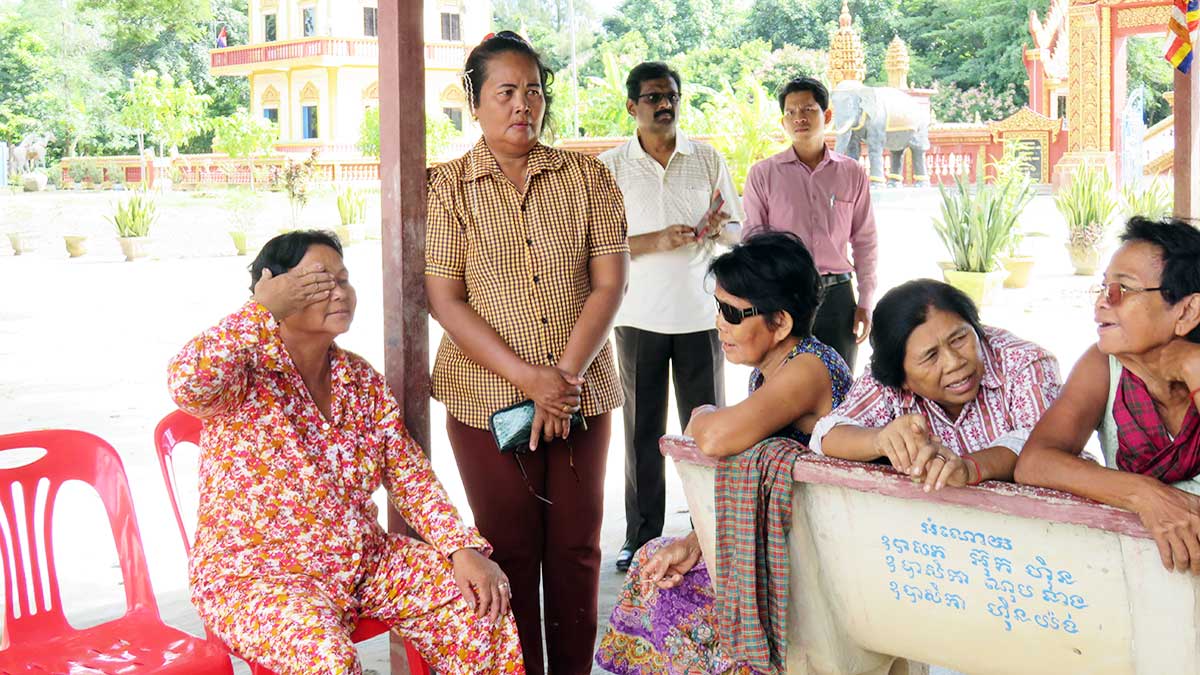
While we may not be able to dismantle the systems that prevent women from accessing eye care, we can pioneer solutions that work for them. This is the impact you helped create for women last year.
